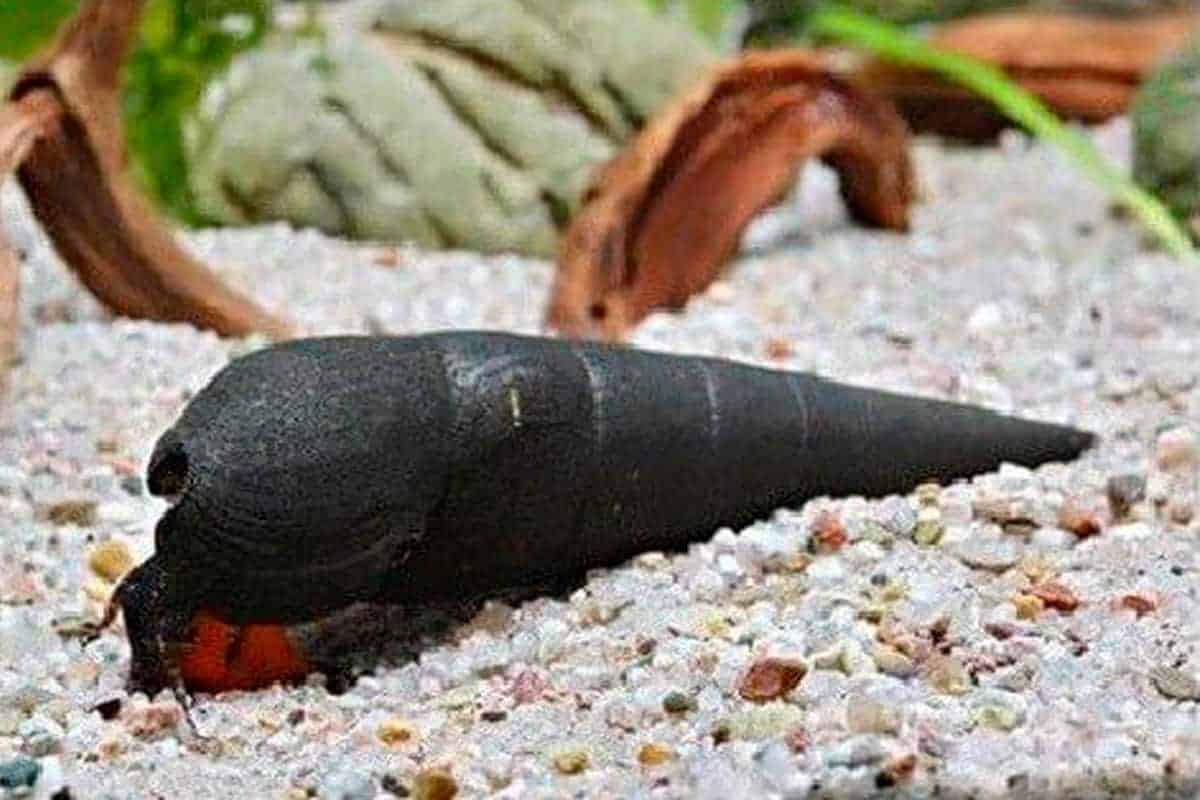Black snails, a captivating group of invertebrates, inhabit diverse environments ranging from lush forests and vast oceans to the tranquil waters of home aquariums. Their unique characteristics and ecological roles have garnered interest from scientists, nature enthusiasts, and even skincare experts. This comprehensive guide delves into the fascinating world of black snails, exploring their care, various uses, and significant impact on their surroundings. Discover the benefits of nature’s remedy with black seed oil gummies, a potent source of antioxidants and anti-inflammatories. Experience the euphoric and relaxing effects of blue agave strain, a strain that combines the best of both worlds – the calming effects of cannabis and the energizing uplift of sativa.
Decoding the Diversity of Black Snails
The term “black snail” encompasses a multitude of species, each with distinct characteristics and habitats. From the carnivorous Otway Black Snail of Australia to the marine Black Turban Snail found in coastal waters and the freshwater Black Racer Nerite Snail favored by aquarium hobbyists, the term serves as an umbrella encompassing diverse gastropods sharing a dark shell coloration.
Snail Mucin: Skincare Superstar?
Snail mucin, often touted for its potential anti-aging properties, has become a prominent ingredient in skincare products. While anecdotal evidence suggests its effectiveness, scientific research is ongoing, and there is debate surrounding its true efficacy. If considering products containing snail mucin, prioritize ethical sourcing to ensure the well-being of snail populations.
Aquarium All-Stars: Black Snails in Your Tank
Certain black snails, such as the Black Racer Nerite Snail, are excellent additions to aquariums, acting as natural algae controllers. However, other species, like the Black Mystery Snail, require careful consideration of tank mates due to their vulnerability to predation.
Creating a Snail Paradise: Care Tips
Providing the appropriate environment is paramount to the well-being of aquarium snails. Factors such as water temperature, pH levels, tank decor, and regular cleaning play crucial roles in their health and happiness. A balanced diet is essential to ensure they receive the necessary nutrients to flourish. Land snails, conversely, thrive in humid terrariums equipped with hiding places and a diet rich in fruits, vegetables, and calcium supplements.
Giant Snails and Ethical Considerations
Some black snail species, like the Giant African Land Snail, can reach impressive sizes, raising concerns about responsible pet ownership and the potential impact on non-native environments. Adhering to local regulations and understanding the ecological consequences are vital before acquiring a giant snail. Furthermore, the use of snail mucin in cosmetics raises ethical questions regarding sourcing practices and their impact on the snails. Supporting companies committed to ethical and sustainable harvesting is essential.
Beyond Beauty: Unforeseen Applications
Interestingly, the term “black snail” appears in contexts beyond the animal kingdom, such as sewing patterns, highlighting the diverse applications of this term. Ongoing research continues to unveil the ecological roles of black snails, the potential benefits of snail mucin, and optimal care practices, furthering our understanding of their significance in various ecosystems.
Is a black snail rare?
The rarity of a black snail depends on the specific species in question. The common black mystery snail (Pomacea bridgesii) is readily available in the aquarium trade. However, variations in color intensity and patterns, or other black snail species like the Black Devil Spike Snail or the Midnight Black Nerite Snail, can be less common and require more effort to acquire. Rarity in snails is typically defined by species rather than color within a common species.
| Snail Name | Commonality | Distinctive Features (may vary) |
|---|---|---|
| Black Mystery Snail | Common | Smooth shell, various black shades |
| Black Devil Spike Snail | Less Common | Spiky shell, often dark brown/black |
| Midnight Black Nerite | Less Common | Rounded shell, deep black color |
Ongoing research may uncover new species or shed light on the genetic and environmental factors influencing their color variations. Wild mystery snails often exhibit darker colors for camouflage. While a solid black mystery snail isn’t rare, those with unique patterns or orange dotting can be less frequently seen.
What does black snail do for skin?
Black snail mucin, like regular snail mucin, is believed to offer several potential skin benefits, though specific research on black snail mucin remains limited. It’s important to approach these claims with cautious optimism and look for evidence-based studies. Snail mucin is known for its hydrating properties, attracting and retaining moisture. It also contains antioxidants, which may protect against free radical damage and potentially reduce signs of aging. Some studies suggest snail mucin may promote skin regeneration, leading to a more even skin tone and texture. Additionally, its anti-inflammatory properties may help soothe irritated skin and reduce redness associated with breakouts. Preliminary research also suggests potential benefits for wound healing and scar reduction.
| Benefit | How it Works |
|---|---|
| Hydration | Attracts and retains moisture, keeping skin supple and preventing dryness. |
| Anti-aging | Contains antioxidants that may protect against free radicals. |
| Skin Regeneration | May promote cell renewal for smoother, more even skin tone and texture. |
| Acne Soothing | Anti-inflammatory properties may calm irritated skin. |
| Wound Healing | Preliminary research suggests potential for aiding tissue repair and reducing scarring. |
Further research is needed to confirm these effects and determine if black snail mucin offers unique benefits compared to other types of snail mucin. Individual results may vary, and it is essential to conduct a patch test before using any new skincare product.
What type of snail is black?
“Black snail” can refer to numerous species with varying appearances, habitats, and behaviors. These include:
| Snail Type | Shell Color | Body Color | Typical Habitat |
|---|---|---|---|
| Black Turban | Charcoal Gray | Black | Oregon Tidepools |
| Black Mystery | Variable (often black, brown, or purple) | Dark | Freshwater Aquariums |
| Black Devil | Chocolate Brown to Glossy Black | Grayish-Black | Brackish Waters |
| Trumpet Snail | Variable (including black) | Varies | Freshwater Aquariums |
The Black Turban Snail, found in Oregon tidepools, features a charcoal gray shell and a black body. The Black Mystery Snail, a popular aquarium inhabitant, displays variable shell colors, often black or dark brown, and is known for its algae-eating habits. The Black Devil Snail, from brackish waters, has a grayish-black body and a dark shell. Trumpet snails, while found in various colors, also occur in black and are beneficial scavengers in aquariums. The rarity of a particular black snail depends on the species and local availability. Black Mystery Snails are quite common, while species like the Midnight Black Nerite Snail from the Philippines are considered less common. Further research is continually expanding our understanding of these diverse and fascinating creatures.
- How Glass Bento Box Containers Make Meal Prep Easier - December 18, 2025
- Why Glass Boxes for Lunch Are Trending for Meal Prep - December 17, 2025
- Bento Box Glass Offers Practical, Eco-Friendly Meal Storage - December 16, 2025










